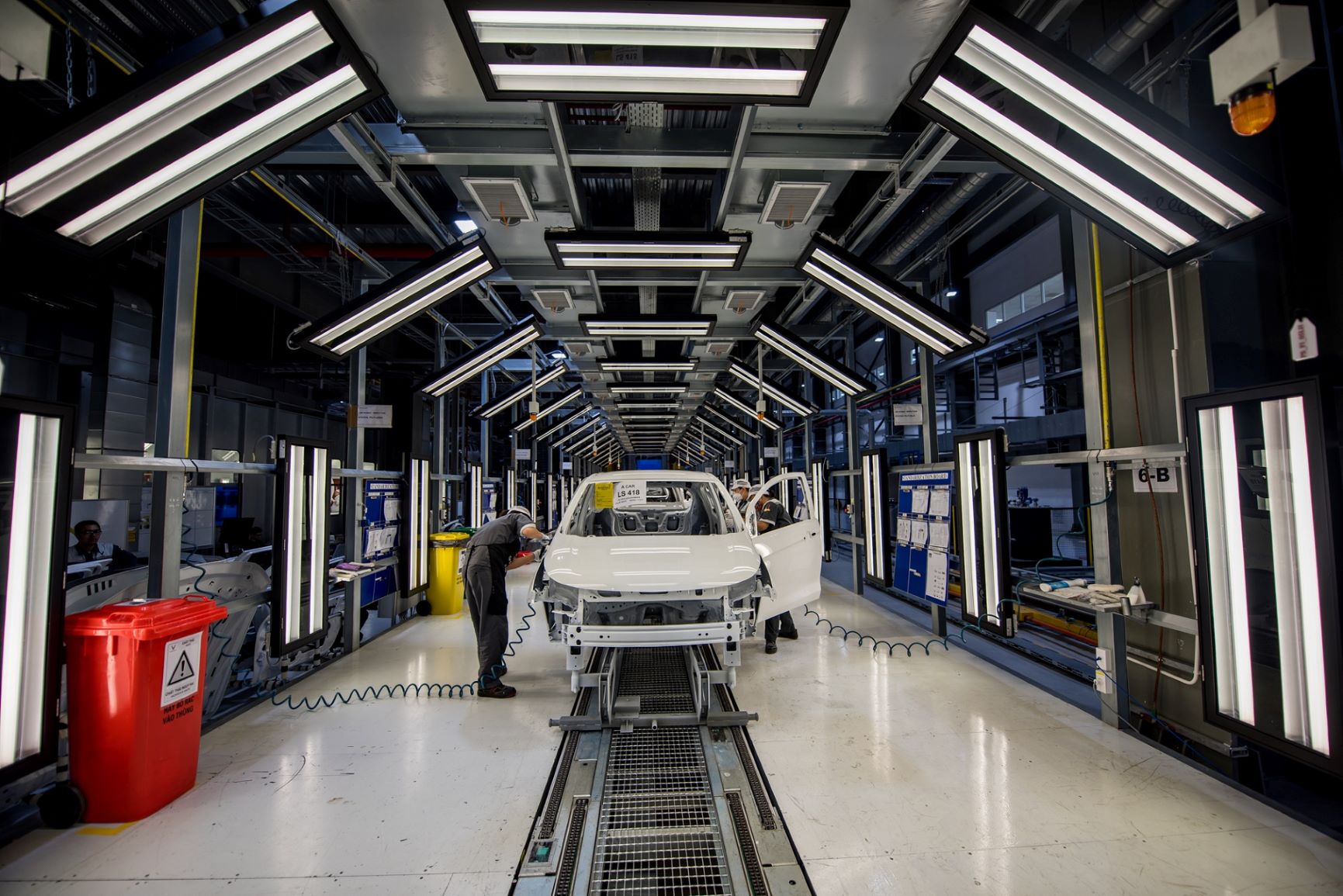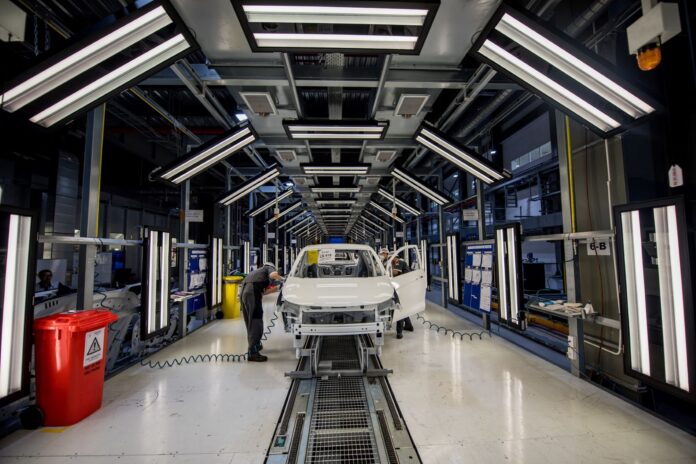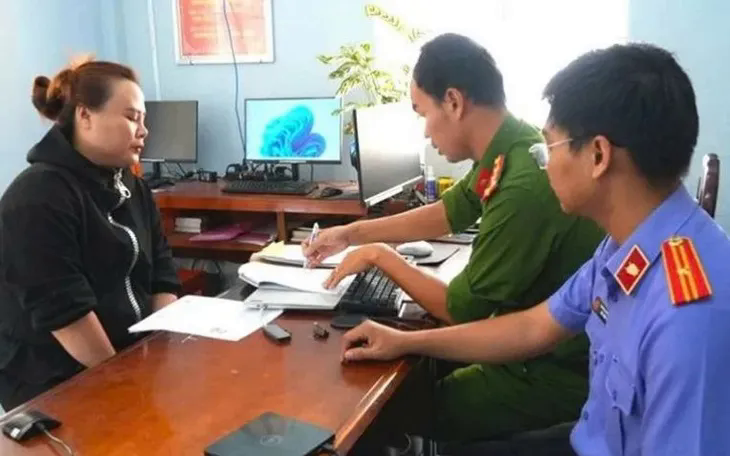Vietnam is one of the fastest-growing automotive markets in Southeast Asia, with demand expected to continue surging, boding well for the automotive manufacturing and assembly industry.
A Lack of Capable Companies
The presence of major players in the automotive manufacturing and assembly industry, such as VinFast, THACO, and Hyundai Thanh Cong, who are aggressively expanding their investments, presents a golden opportunity for the supporting industries to make a breakthrough in the coming time.
However, it is worth noting that despite numerous policies from the government and various ministries, the localization rate in the automotive industry remains low. According to the Master Plan for the Development of Vietnam’s Automotive Industry by 2020, with a vision towards 2030, the localization rate was targeted to reach 30%-40% by 2020, 40%-45% by 2025, and 50%-55% by 2030. However, the current average localization rate stands at just 12%-20%.
Economist Pham Chi Lan points out that most supporting industries in Vietnam are small and medium-sized enterprises (SMEs) that lack investment in technology and large-scale production capabilities. Additionally, there is a weak linkage between automotive manufacturers and assemblers and domestic supporting companies. “The supporting industries lack leading domestic companies to spearhead the supply chain,” Lan said, adding that foreign automakers like Toyota and Mitsubishi tend to view Vietnam merely as an assembly base while favoring Thailand and Indonesia for their supporting industries.

Domestic car manufacturers are implementing several solutions to increase the localization rate of their products, including providing strong support for auxiliary businesses. Photo: NGUYEN HAI
In the draft strategy for the development of Vietnam’s automotive industry by 2030, with a vision towards 2045, the Ministry of Industry and Trade has clearly outlined the orientation to promote supporting industries. Specifically, the goal is to meet 55%-60% of the demand for auto parts and components for domestic production and assembly by 2030, increasing to 80%-85% by 2045. This also involves the increased application of technology to manufacture critical components such as powertrains, transmissions, engines, and car bodies. Supporting industry enterprises must also strengthen cooperation with major automakers and select the type of parts and components they can produce to assume a role in the global production and supply chain.
The vibrant automotive market presents a significant opportunity for the automotive industry in general and supporting industries in particular to thrive. Recently, Ms. Thai Thi Thanh Hai, Deputy General Director of VinFast Global, shared that VinFast aims to increase its localization rate to 80% by 2026. In terms of production volume, the Vietnamese automaker targets the production of more than 500,000 automobiles by 2027, progressing towards 1 million vehicles per year from 2030. To meet the surging demand and share growth opportunities with Vietnamese enterprises, VinFast will expand its domestic supply chain with special incentives for local supporting companies.
Specifically, VinFast will offer a 50% discount on land rent for the first three years and a 20% discount for the next five years to partners who invest in building factories at its two automotive manufacturing complexes in Hai Phong and Ha Tinh. VinFast also commits to guaranteeing the output for its partners according to the agreed plan. Additionally, the company will connect Vietnamese enterprises with foreign partners as needed to facilitate technology transfer and knowledge exchange, gradually enhancing their international competitiveness and integration into the global supply chain.
Supporting the Right “Bottlenecks”
According to Ms. Pham Chi Lan, the presence of major domestic automotive players, including VinFast, presents a significant opportunity for supporting enterprises. The government needs to establish appropriate incentive policies because foundational industries cannot develop independently without the accompaniment of supporting industries. “Enterprises should also proactively enhance their competitiveness to meet international standards,” Lan noted.
Assoc. Prof. Dr. Tran Dinh Thien, a member of the Prime Minister’s Economic Advisory Group, suggested that the most effective way to support enterprises in the automotive auxiliary production field is through the automotive manufacturers and assemblers themselves. Only they fully understand their supply chain, can identify which stages require additional supporting enterprises, the necessary quantity, and the priority level of support. If the government allocates funds to registered enterprises, the support will likely be fragmented, lacking linkage and effectiveness.
Commenting on the current policies for supporting industries, which are considered scattered and not very effective, Dr. Truong Thi Chi Binh, Vice President of the Vietnam Supporting Industries Association, suggested that without focusing on supporting the right “bottlenecks,” the chances of enterprises advancing are slim. “Auxiliary enterprises are mainly small and medium-sized, struggling to access land and low-interest loans. Meanwhile, entering the automotive industry requires massive new investments, but land rent and interest rates are currently too high,” Dr. Binh pointed out the “bottlenecks” and proposed the need for substantial support policies regarding capital and land.
Tax Exemption for Supporting Industries Until the End of 2027
According to Decree 21/2025 of the Government, the tax incentive program for supporting industries in the automotive sector will be extended until December 31, 2027. Previously, this policy was implemented in 2023 and 2024. Specifically, a 0% tax rate is applied to raw materials, supplies, and components that cannot be produced domestically for the production and processing (assembly) of priority supporting industry products for the automotive manufacturing and assembly industry.
According to the Ministry of Finance, tax policies serve as a lever to encourage enterprises to confidently expand their scale, improve equipment, and gradually integrate into the global value chain. This also brings the Vietnamese automotive industry closer to its goals of modernization and deep integration.
“The End of ‘Nut-and-Bolt’ Blues: Can VinFast, as the ‘Leader’, Replicate Toyota’s Miracle?”
Toyota’s rise to prominence in Japan is nothing short of remarkable. With only three main factories, they’ve managed to establish thousands of auxiliary facilities, becoming a true powerhouse in the automotive industry.





















